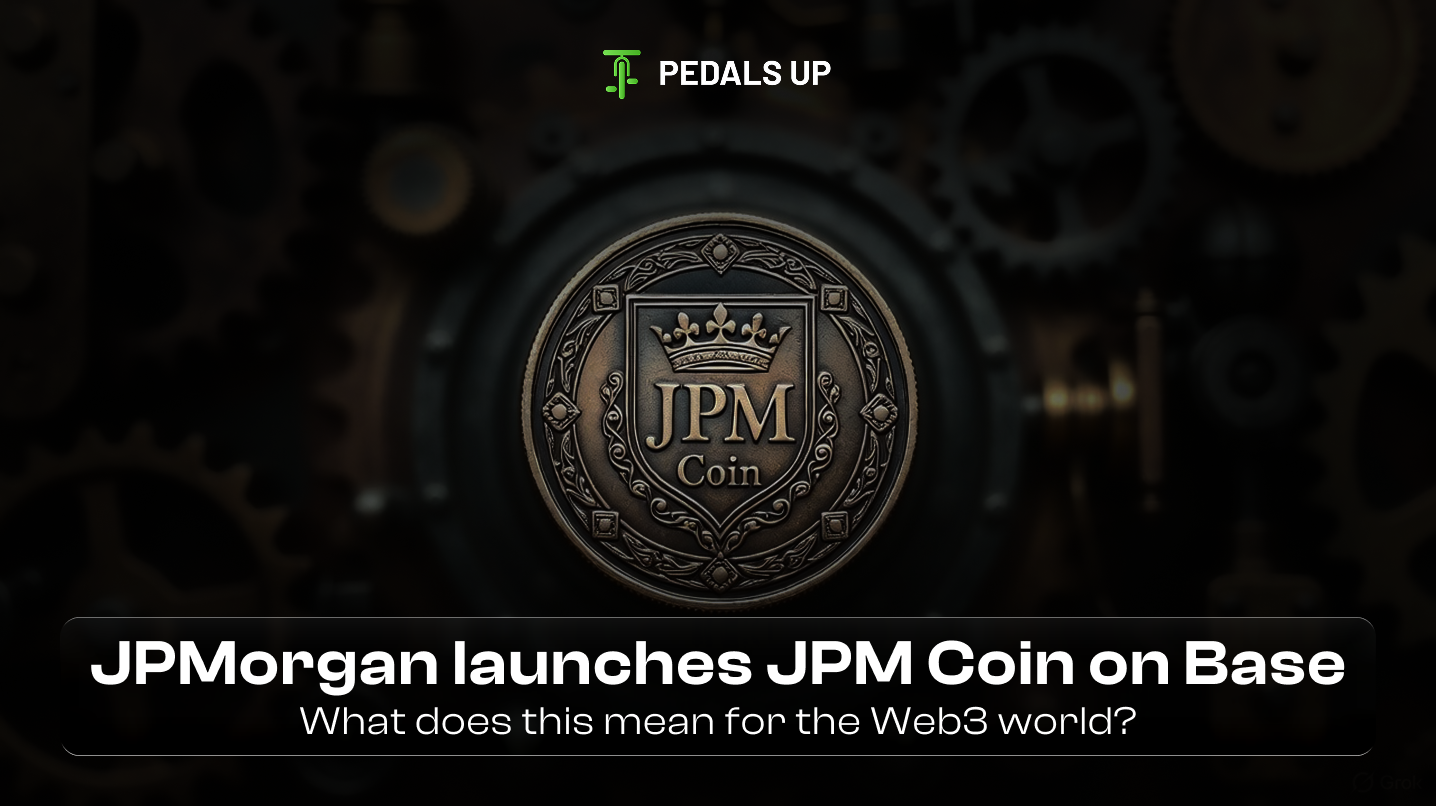Introduction
The Internet of Things (IoT) isn’t some far-off, sci-fi fantasy anymore. It’s happening right now, transforming how we live and work by connecting everyday devices and collecting real-time data. From smart homes to wearable fitness trackers, IoT is changing the game. But it’s not just about gadgets, it’s also reshaping how we design and develop web apps.
In this blog, we’ll dive into how IoT is revolutionizing web app development and what this means for the future of digital experiences.
Real-Time Data: The New Fuel for Web Apps
Traditional web apps often rely on user input or static, pre-loaded data. IoT changes that by introducing a constant stream of real-time data from connected devices. Think about a fitness app that taps into your smartwatch’s data, giving you personalized workout tips based on your heart rate and activity level right now. This level of real-time feedback doesn’t just enhance the user experience it makes it dynamic and personal
Making Interaction More Engaging
IoT isn’t just about collecting data; it’s about transforming how we interact with web apps. Imagine controlling your home’s lights, thermostat, or even your coffee machine from a web app, no matter where you are. Smart home apps are making this kind of remote control possible, giving users the ability to manage their environment with a few clicks. This kind of convenience makes web apps more engaging, turning everyday tasks into something simple and almost magical.
Context-Aware Experiences
Now, imagine web apps that adapt to where you are and what you’re doing. With IoT, this isn’t just a dream it’s a reality. A travel app, for example, can use data from beacons placed in museums or landmarks to guide you through a personalized tour as you walk around. This level of context awareness offers a new way to personalize user experiences, making web apps more intuitive and useful.
Security: The Price of Connectivity
As exciting as IoT is, the increase in connected devices also brings new security risks. The more devices you link to a web app, the more entry points you create for hackers. That’s why security has to be front and center when developing IoT-enabled web apps. Strong authentication, encryption, and continuous monitoring are must-haves to protect both user data and the devices themselves.
The Future of Web Apps: What’s Coming Next?

With IoT, we’re seeing a future full of possibilities. Here are just a few ways it’s already starting to change web development:
- Predictive Maintenance: Web apps that use data from IoT sensors can predict when something’s about to break down whether it’s your car or a piece of industrial equipment and alert you before it happens.
- Remote Monitoring: Industries are already using web apps to remotely monitor equipment and even entire factories, adjusting real-time settings based on sensor data.
- Personalized User Experiences: The more data apps gather, the more they can tailor the experience to the user. Whether it’s workout tips or smart home controls, IoT enables hyper-personalization.
The Building Blocks of IoT-Powered Web Apps
Behind the scenes, building a web app that talks to IoT devices requires some special tech. Here’s a peek under the hood:
- APIs: These are the bridges that let web apps communicate with IoT devices, pulling in data and sending commands.
- Data Management: IoT generates huge amounts of data, so your web app needs a strong data management system to process, store, and analyze it all.
- Real-Time Data Streaming: Technologies like WebSockets make it possible to update the app instantly as new data comes in, creating a seamless experience for users.
Why IoT Matters for Your Next Web App
Integrating IoT into your web app can unlock all kinds of benefits:
- Smarter User Experiences: Tailor your app’s functionality based on real-world data, like fitness apps do with heart rate data.
- Instant Insights: Get real-time notifications and alerts from connected devices, like a home security system sending an alert if a window sensor is triggered.
- Efficiency Boosts: Automate tasks and streamline operations whether it’s optimizing a production line in a factory or adjusting energy use in a smart building.
Overcoming the Challenges
With all these benefits, it’s easy to get excited about IoT. But developers also have to navigate some challenges:
- Security: Protecting sensitive data and ensuring device security is a top concern.
- Scalability: IoT generates mountains of data, which means web apps need the infrastructure to scale and handle it efficiently.
Interoperability: Different IoT devices use different platforms and protocols, so making sure everything works together seamlessly can be a challenge. - Privacy: Collecting personal data from devices requires compliance with privacy laws and a transparent approach to user consent.
What’s Next? Emerging Trends in IoT and Web Development
As IoT evolves, so do the possibilities for web apps. Here’s what we’re keeping an eye on:
- Edge Computing: Instead of sending data to the cloud for processing, edge computing lets devices process data locally, cutting down on latency and speeding up response times.
- AI and Machine Learning: Combine IoT with AI, and you’ve got the potential for predictive analytics, allowing apps to make smarter decisions based on the data they receive.
- Blockchain: Blockchain is being explored as a way to make IoT networks more secure, ensuring data is transparent, traceable, and tamper-proof.
Conclusion
The IoT revolution is transforming how we design and develop web apps, creating smarter, more personalized digital experiences. From real-time data insights to increased automation, IoT is unlocking a new frontier in web development.
At Pedals Up, we’re excited to help businesses leverage IoT to create next-generation web apps that are secure, efficient, and user-centric. Ready to explore the future of web app development with IoT? Contact us today to see how we can help bring your vision to life.




